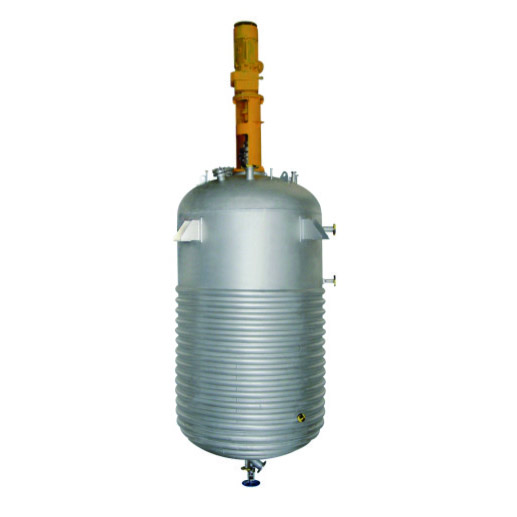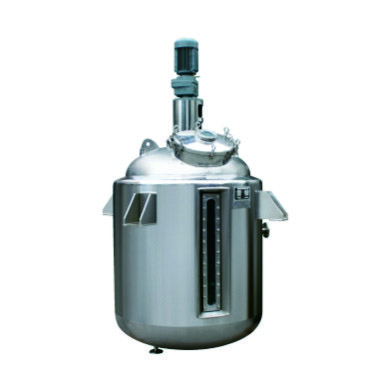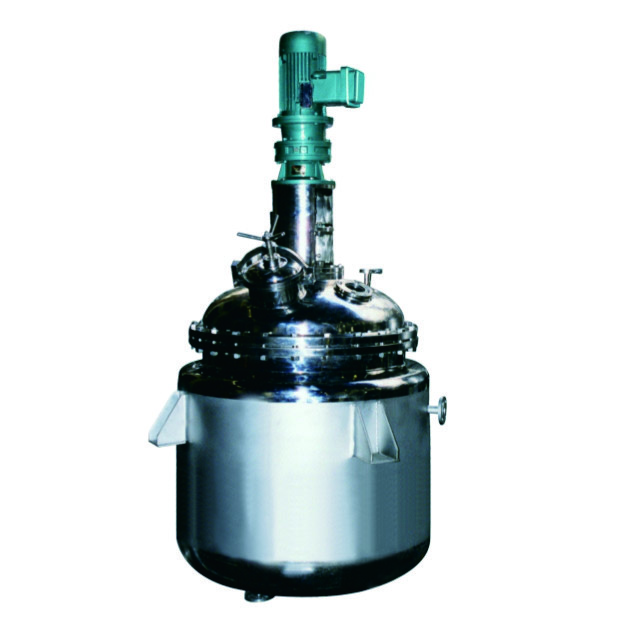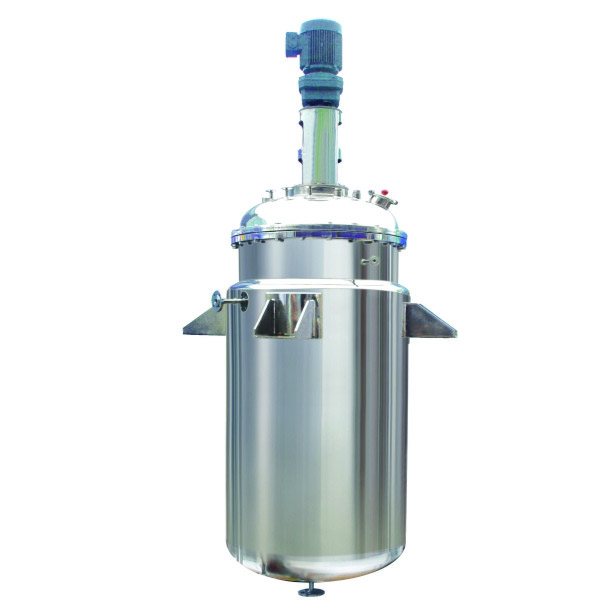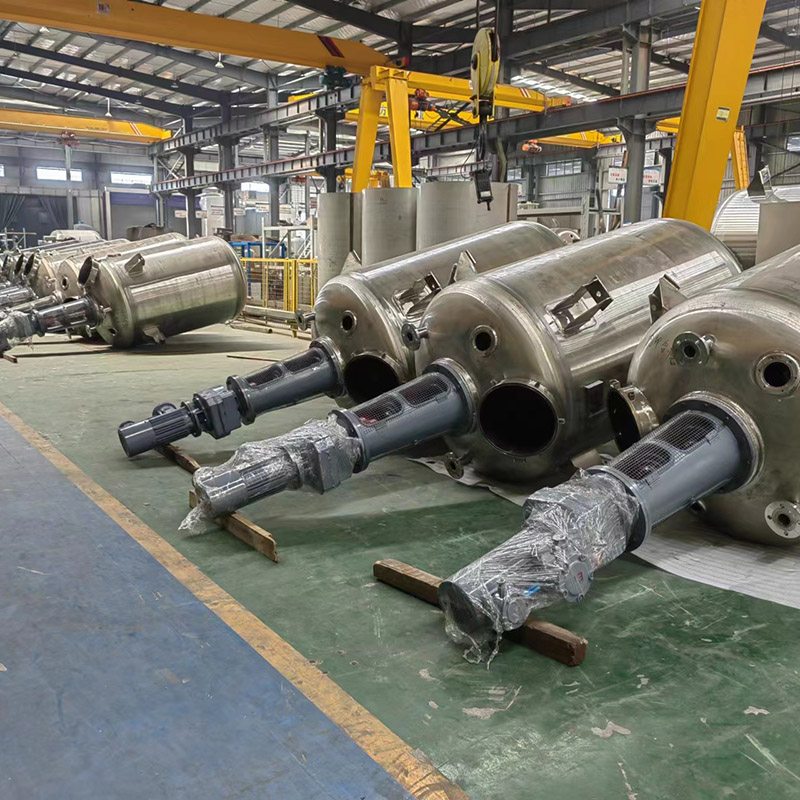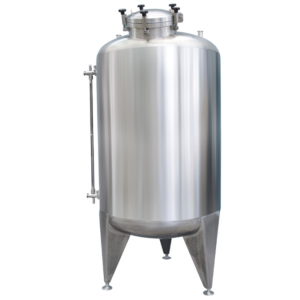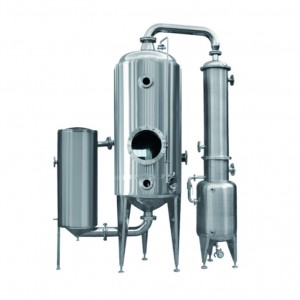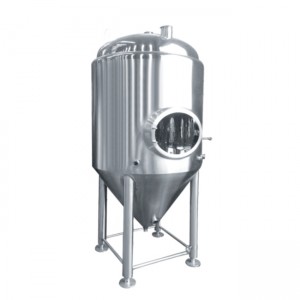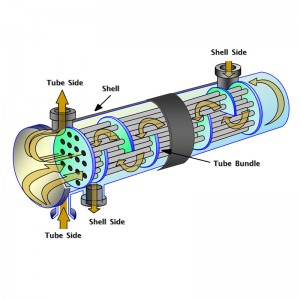product classification
1. According to heating/cooling methods, it can be divided into electric heating, hot water heating, thermal oil circulation heating, far-infrared heating, external (internal) coil heating, jacket cooling, and internal coil cooling. The choice of heating method is mainly related to the heating/cooling temperature required for the chemical reaction and the amount of heat required.
2. According to the material of the reactor body, it can be divided into carbon steel reaction kettle, stainless steel reaction kettle, glass lined reaction kettle (enamel reaction kettle), and steel lined reaction kettle.
product description
1. Usually, packing seals are used under normal or low pressure conditions, with a pressure of less than 2 kilograms.
2. In general, mechanical seals are used under moderate pressure or vacuum conditions, with a general pressure of negative pressure or 4 kilograms.
3. Magnetic seals will be used under high pressure or high medium volatility, with a general pressure exceeding 14 kilograms. Except for magnetic seals that use water cooling, other sealing forms will add a cooling water jacket when the temperature exceeds 120 degrees.
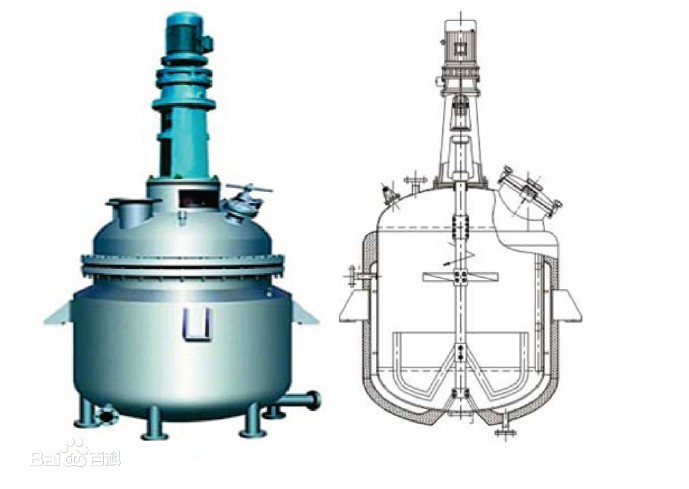
The reaction kettle is composed of a kettle body, kettle cover, jacket, agitator, transmission device, shaft seal device, support, etc. When the height to diameter ratio of the mixing device is large, multiple layers of mixing blades can be used, and can also be selected according to the user's requirements. A jacket can be installed outside the vessel wall, or a heat exchange surface can be installed inside the vessel. Heat exchange can also be carried out through external circulation. The support seat has supporting or ear type supports, etc. Gear reducers are recommended for speeds exceeding 160 rpm. The number of openings, specifications, or other requirements can be designed and manufactured according to user requirements.


